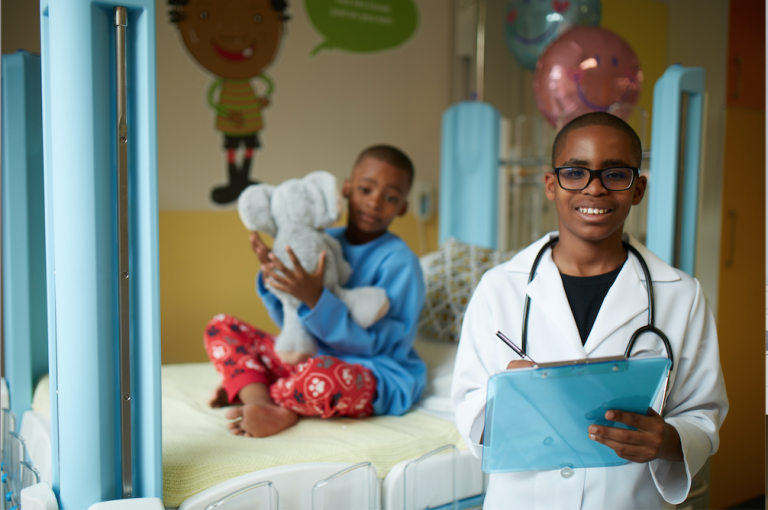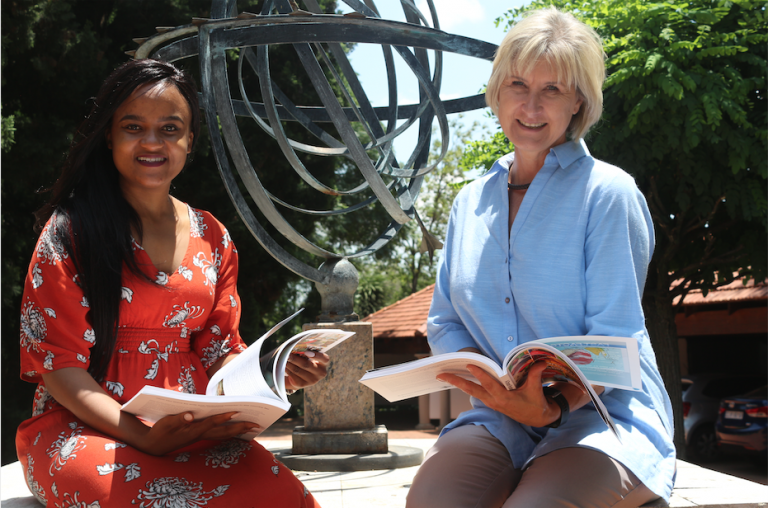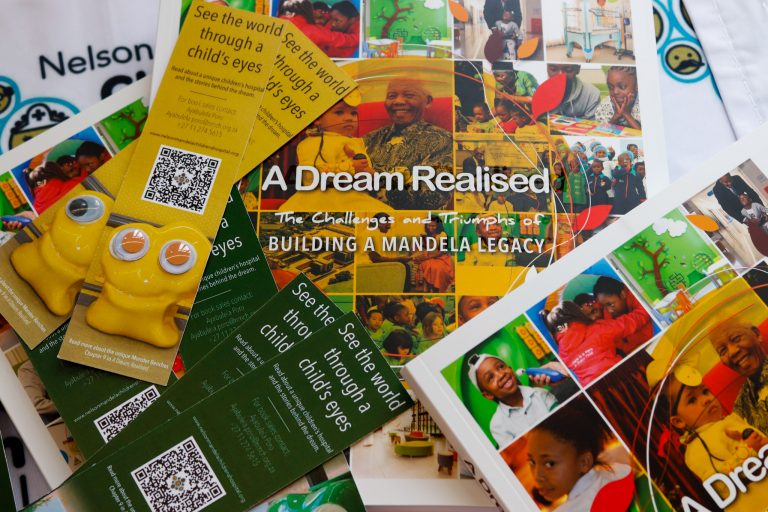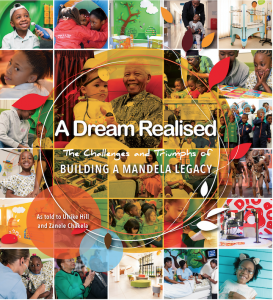A global cancer-virus has decimated the male population. Miles is a twelve-year-old boy who has somehow survived the virus, but he has become a scarce commodity. The Department of Men wants to lock him away forever. Boy traffickers want to kidnap him. Miles is on the run with his mother, Cole, across the American landscape– one that is different from we know.
Billie, Cole’s sister, is determined to deliver Miles alive to the boy traffickers and collect her reward money. Even a serious head wound won’t deter Billie from catching her nephew before he can escape to South Africa.
Afterland will take the reader through story twists and turns as Cole tries to protect her son from a religious cult, potential kidnappers and a lonely woman who invites them to dinner and wants them to stay forever.
Lauren Beukes latest book is too close to reality for comfort. Although five years in the making, it foreshadows the current viral pandemic that is sweeping across the world. Words such as ‘quarantine’, ‘security points’, ‘health checks’ are situations that the reader can uncomfortably relate to.
The story is set in 2023 and questions are evident in the story about a world that has changed significantly. What would happen if the world were run by women? Apparently, it makes no difference. Female gangsters are portrayed as no different to their male counterparts. A mother will steal and kill to keep her son alive.
Most of the story is set in America but Beukes remains true to her roots, glimpses of South Africa merge as mother and son try to find a way home.
Be warned, despite the juxtaposition with the global pandemic, Afterland will grab you and will not let you go until you reach the end.
Reviewer: Ulrike Hill
Writer@ulrikehill.co.za
Score: 5/5 apples
Review Date: 20 July 2020
Publisher: Umuzi
ISBN: 9-781415-210444





